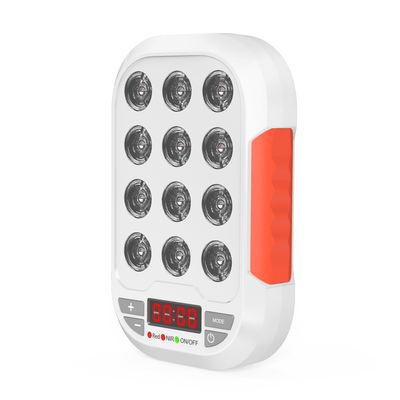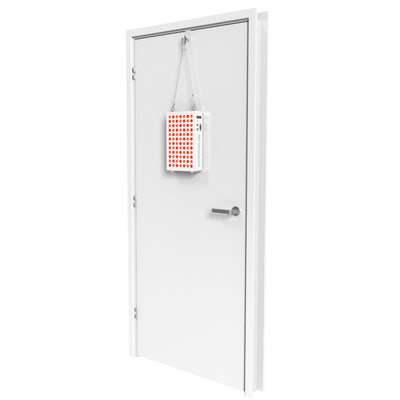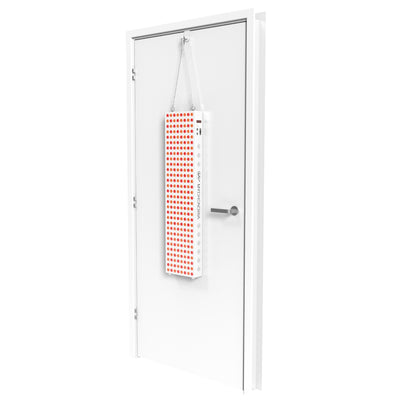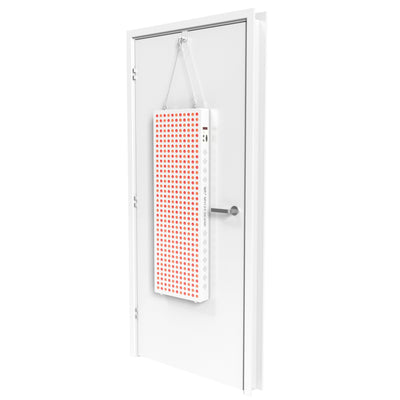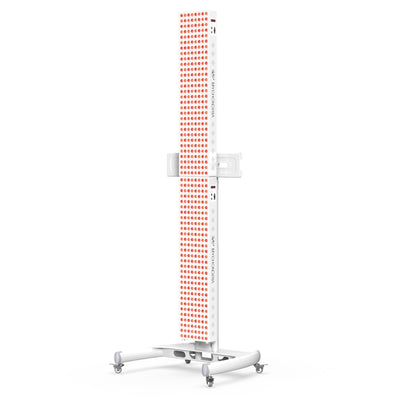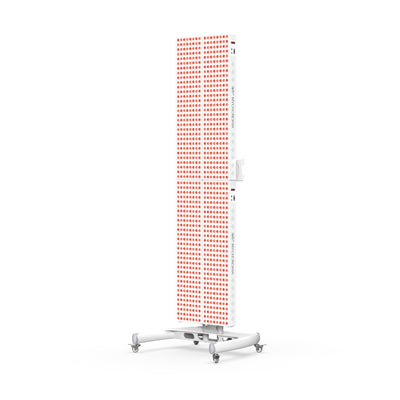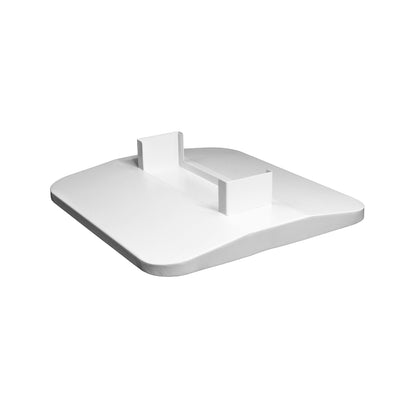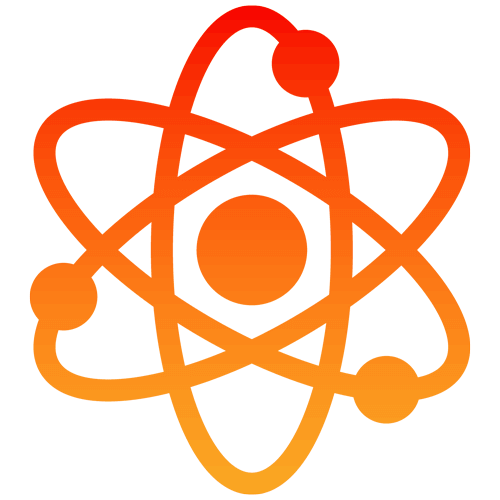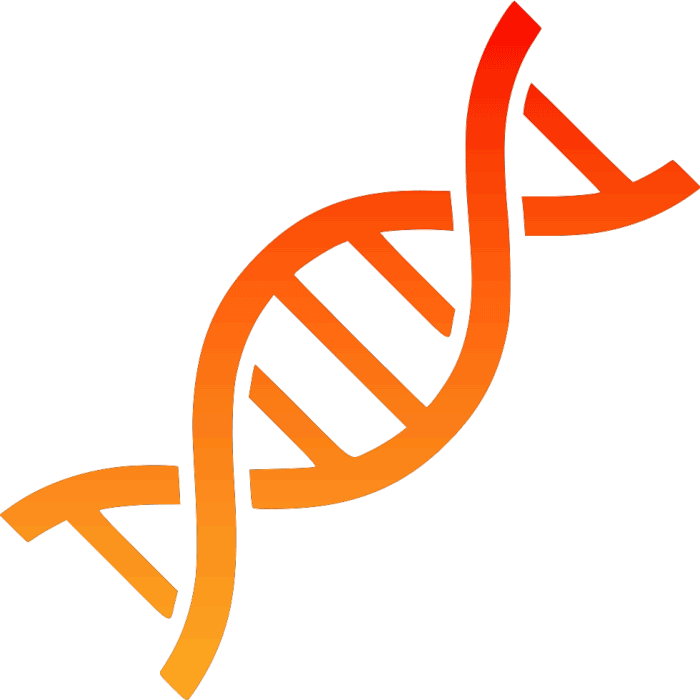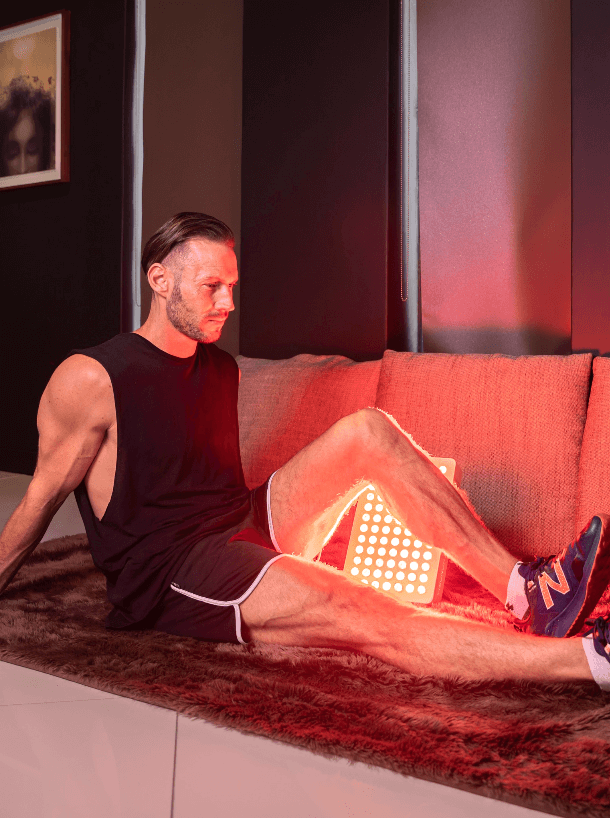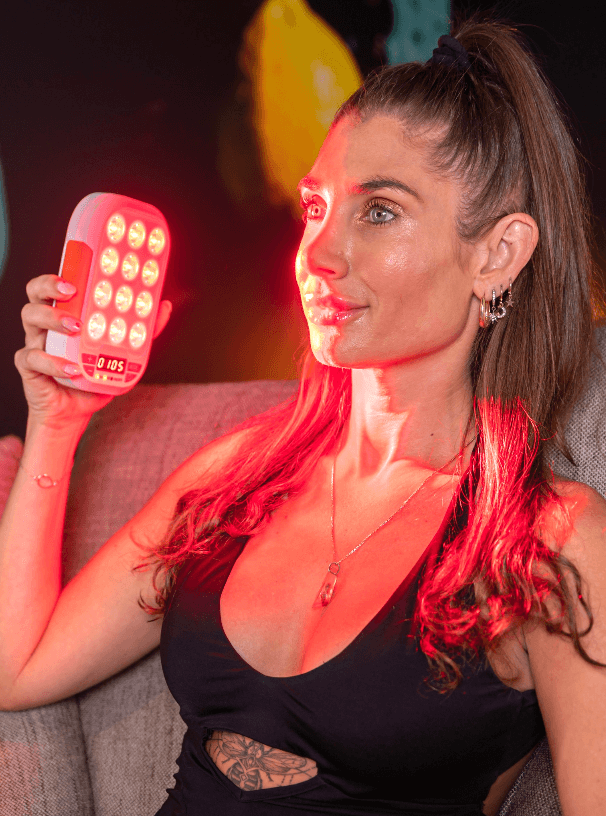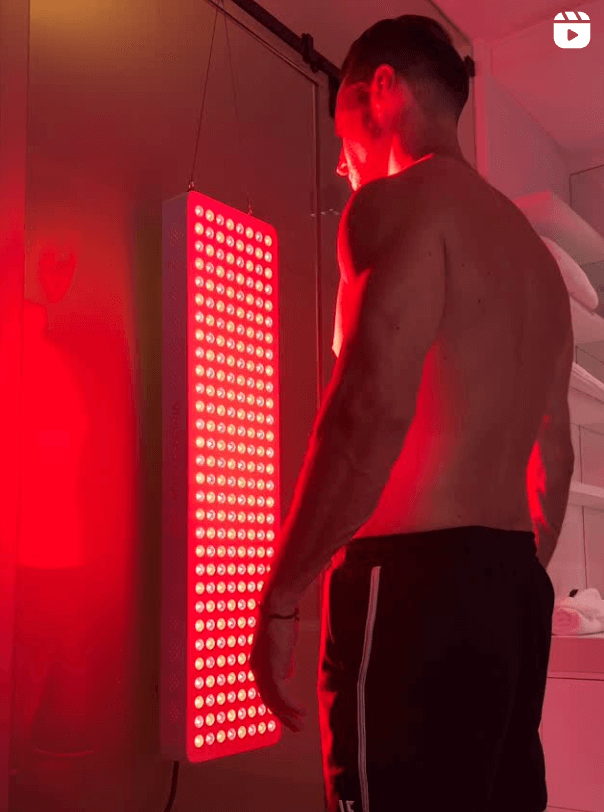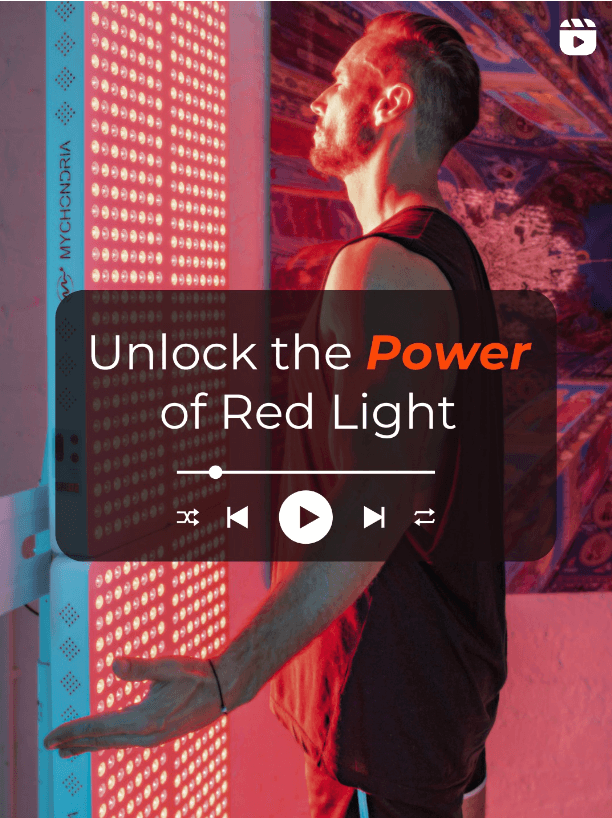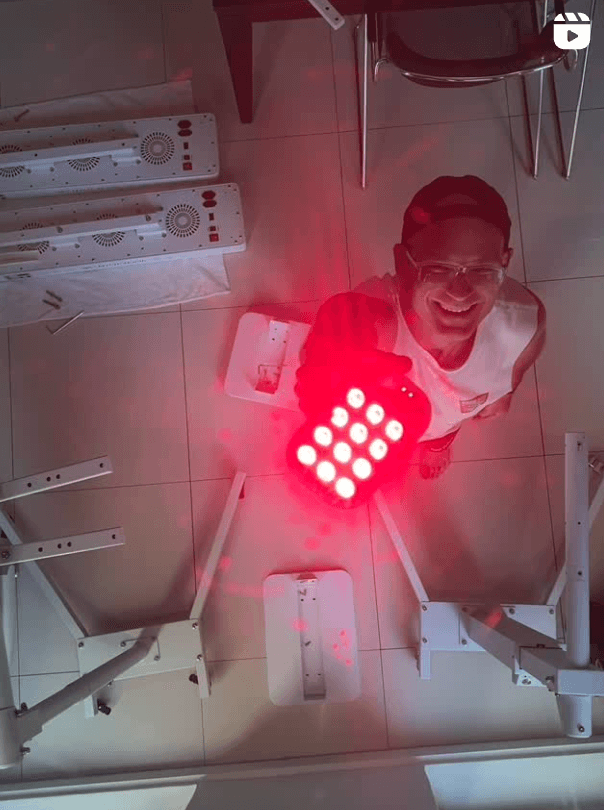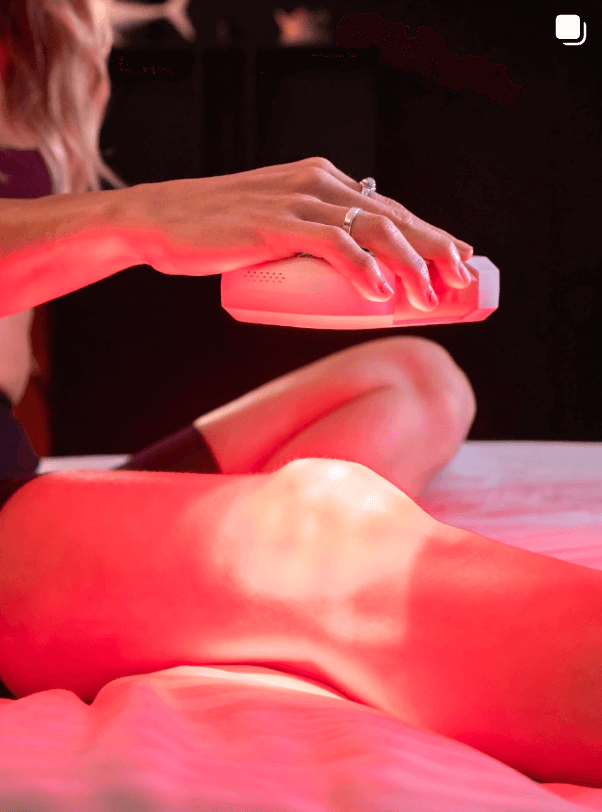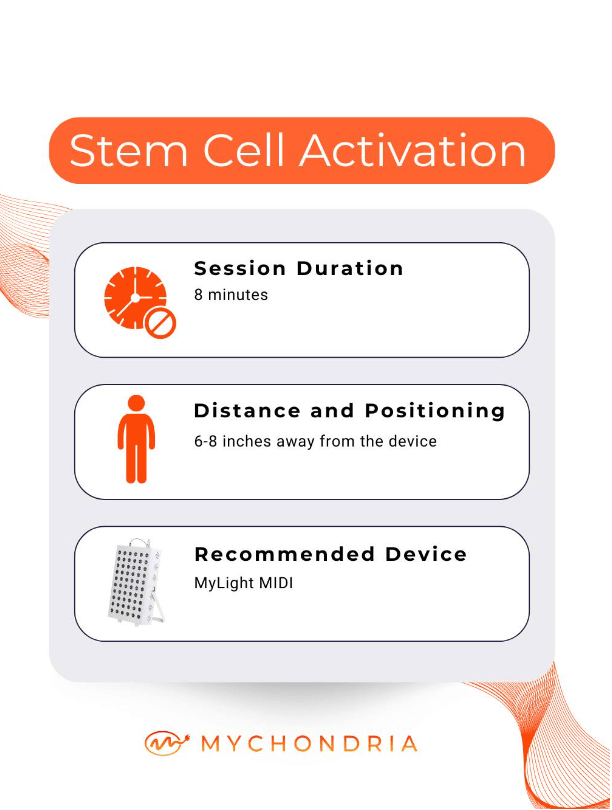RED LIGHT THERAPY AND SLEEP QUALITY
In this week’s blog, we wanted to investigate how we can use red light therapy to influence sleep quality. Phototherapy has been studied since the early 1980s as a treatment for mood and sleep disorders. How can the human physiology be influenced by light? Let’s find out!
History of Light Therapy
A psychiatrist by the name of Dr A. Lewy from the National Institute of Mental Health showed that indeed, the human physiology can be influenced by light. This is briefly described by the exposure of the eye to certain wavelengths of light affecting the nocturnal release of melatonin (the sleep hormone) from the pineal gland in the brain.
A clinical trial performed using red light therapy for sleep quality improvement noted the following incredible results after just 14 days of treatment:
• 28% better sleep quality
• 75% increased melatonin
• 83% faster time to fall asleep
Light therapy is now reportedly the recommended treatment of choice (noted by the American Psychiatric Association) for seasonal affective disorder (or SAD), which is a depressive state that people experience during cold, wet and rainy winters.
Light therapy produces energy though!?
It may seem as quite a contraction – don’t we use red light therapy for energy production? So then how would it help me relax enough to fall asleep? Studies have shown that during the major energy increase that our cells experience from red light therapy boosting mitochondrial activity, our body also becomes triggered to produce the antioxidant – Melatonin!
Okay, but how?
We’ll answer the question – “Can red light therapy be used to improve sleep quality” in 3 simple points:
1. When is the best time of day to use red light therapy for sleep quality optimisation?
This is completely person dependent. It doesn’t actually matter what time of the day you use your device, what actually matters is consistency. We recommend using your device at least 30 minutes before sleeping at night, which allows for maximum melatonin production before your sleep time. Find what works for you!
2. How long your red light therapy sessions should be?
Probably the most important question! This is device dependent, but we’ll use the MyLight Midi as a reference. In the studies we’ve referenced, they recommend using a dosage of 30 mJ/cm2, and this can be achieved with your MyLight Midi in about 5 minutes of exposure. We can’t speak for other devices from other companies – but find a company that provides device-specific protocol and dosage guide, with benefits indicated per dose applied (which is what we provide at Mychondria)
3. What area should you be aiming your device?
We recommend directing your device at large areas of your body, where the largest surface area can be reached. For example – directing your device at your chest, back and legs will result in the best results. Covering 3 or 4 areas of your body over a few sessions will encourage the best results.
To conclude:
By using your red light device, you are essentially recharging your body from within, with no negative side effects and a load of benefits! There has been multiple clinical trials performed on light to influence sleep quality with decades of results to back up consistently positive findings.
Mychondria devices are all flicker free, and emit zero EMFs at treatment distance.
For more information on red light therapy, checkout out our other blogs here.
And now that you know exactly how to get the best results with red light therapy, all you need is a MyLight, available below:
MYLIGHT
DEVICES
Every MyLight is designed
to get you results.
Choose your MyLight to
unlock your next level in
human performance.
Results. Guaranteed.
